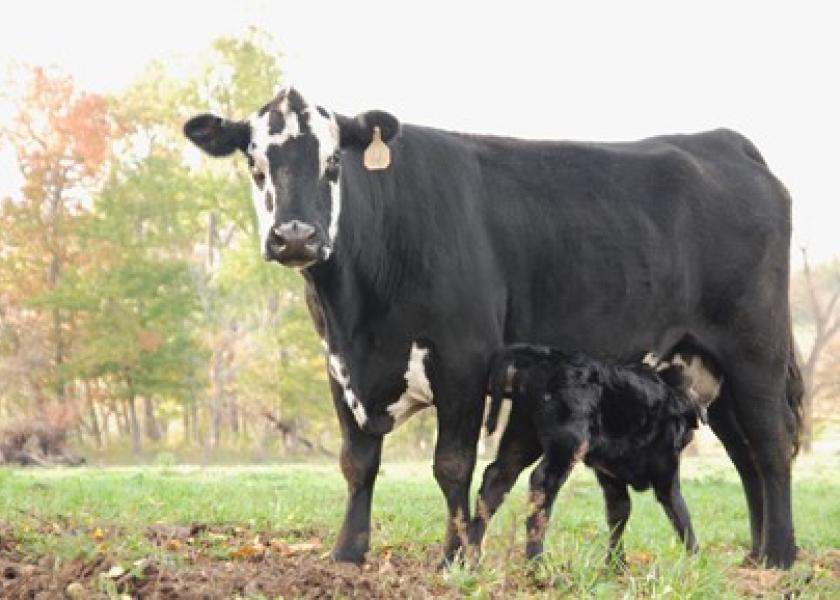Prevention That Pays

Sound nutrition. Sound management. These two simple tools not only help form the foundation for building healthy, productive animals in a cow herd but also help establish calf performance and reproductive success in future replacement females.
“Goals for infectious disease prevention in heifers should include high levels of protective immunity to reproductive disease agents at the time of breeding in the highest percentages of heifers in the group as possible,” explains Dr. Dale Grotelueschen, University of Nebraska professor emeritus.
Still, creating a reproductive health program that fits the production system of the individual herd doesn’t just happen overnight.
According to Grotelueschen, nutrition, genetics, managing disease risk, including matching the cow herd to its available resources are all basics of a good reproductive health program.
“Vaccinations beginning at pre-weaning and continuing at weaning time help lay the foundation for highly protective herd-breeding-time immunity,” Grotelueschen explains.
For Texas rancher Tracy Woods, sound reproductive health begins before a cow or heifer is ever bred. A good nutrition plan is key to ensuring heifers are on track for a successful breeding season, he says, and that includes evaluating the weight progress of those females.
“A good mineral, vaccine and an anti-parasite program are paramount also,” Woods says. “I think this starts back with the cow at neonatal programming. As calves, we start from ground zero.”
The protocol includes a modified live vaccine like BOVI-SHIELD GOLD FP pre-breeding, followed by an intranasal such as INFORCE 3 at birth for the calves. At branding, Woods says preventive care includes BOVI-SHIELD GOLD ONE SHOT as well as an autogenous pinkeye vaccine and dewormer. Calves are boosted at pre-weaning or weaning and then boosted again post-weaning with straight BOVI-SHIELD GOLD 5.
Woods, who is the senior director of ranch operations for 44 Farms based in Cameron, Texas, says administering a modified live vaccine with fetal protection to both cows and heifers when confirming pregnancy helps further set the stage for success.
Grotelueschen says, when addressing the reproductive vaccination needs of the cow herd, cattlemen should evaluate their overall management system.
“Are you expanding your herd?” he questions. “That changes disease risk. So, evaluate those risks and incorporate preventative vaccines and preventative management into your system that will control those risks across the spectrum of reproductive and scours control.”
He adds that scours vaccines should be administered according to label to the pregnant female prior to colostrum development.
“Colostral proteins are derived from the plasma or serum in the blood,” he explains. “So, we want those vaccines to stimulate immunity that can translate into really excellent quality colostrum in regard to the agents that are in the vaccine.”
Grotelueschen says developing health protocols that are accompanied by both reproductive and production goals is an important step in measuring an operation’s profitability. For developing heifers, he says that means targeting reproductive disease prevention prior to weaning.
“Successful reproductive outcomes are critical components for profitability and therefore, sustainability of cattle enterprises,” Grotelueschen says. “Work closely with your veterinarian to develop a health protocol that fits your herd and your goals.”
For Woods, the bottom line is getting cows pregnant and calves weaned, healthy and on feed. “Vaccines look expensive upfront, but antibiotics are even more expensive; and a dead calf, whether it be at weaning time or at birth, is extremely costly,” he says. “Prevention is expensive. But in the end, it pays for itself.”







